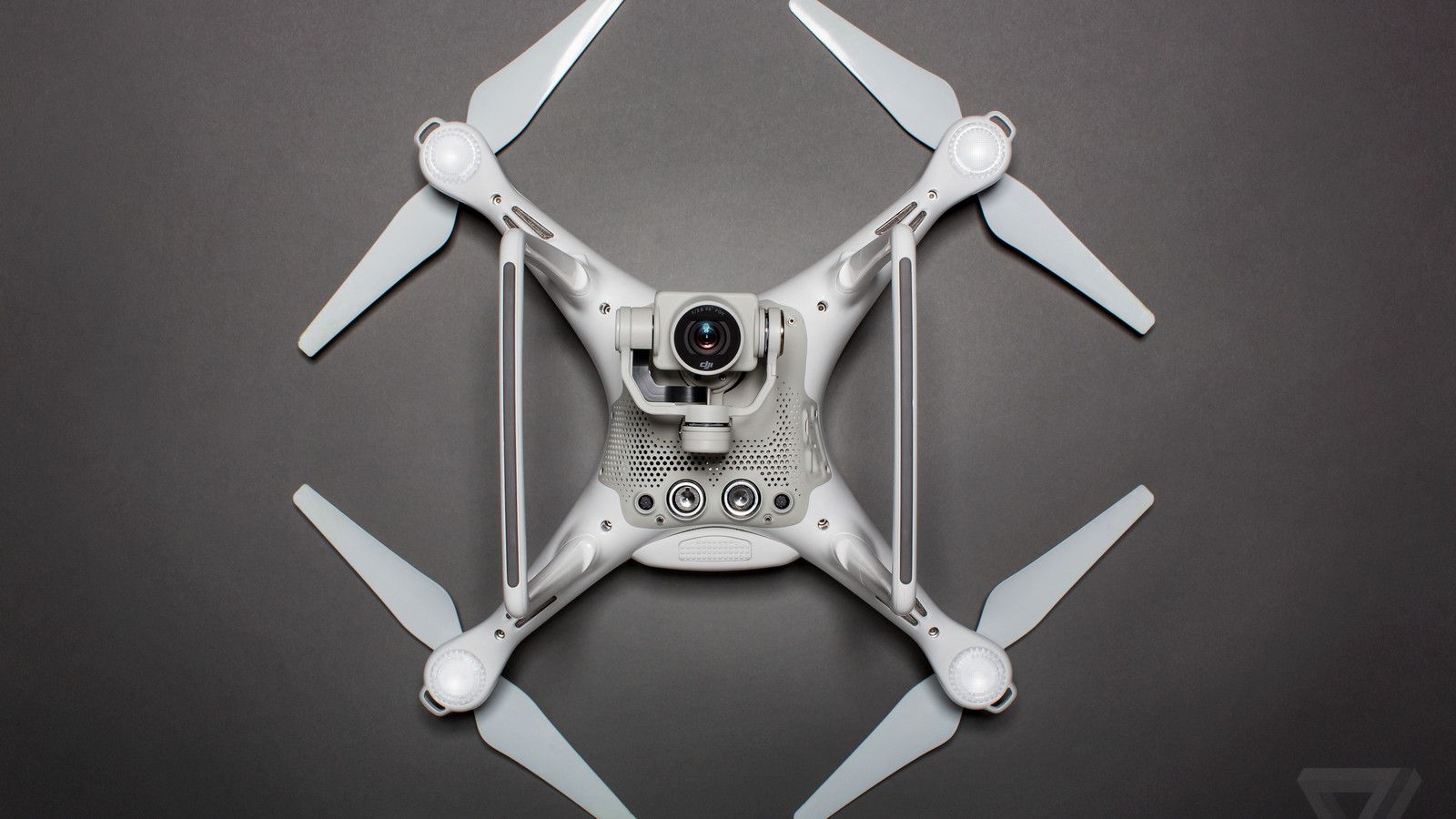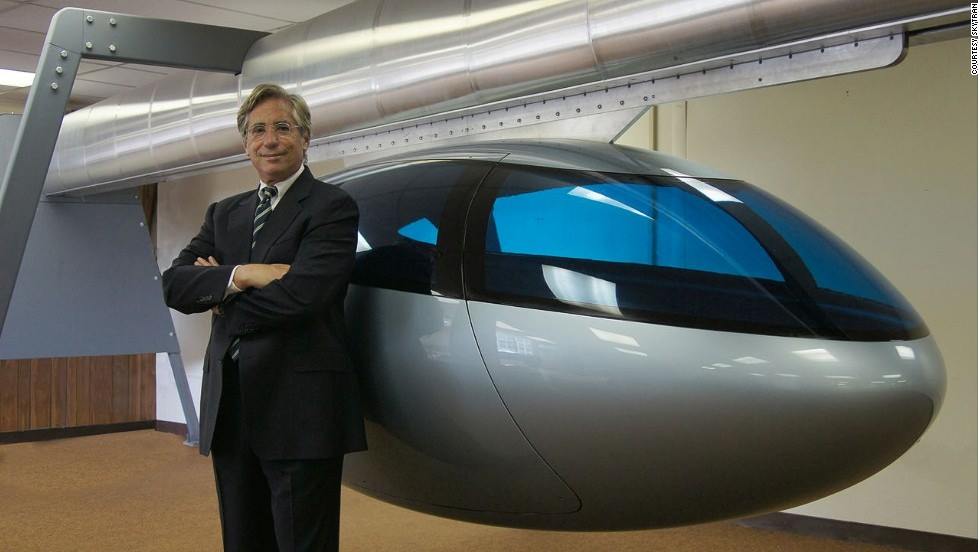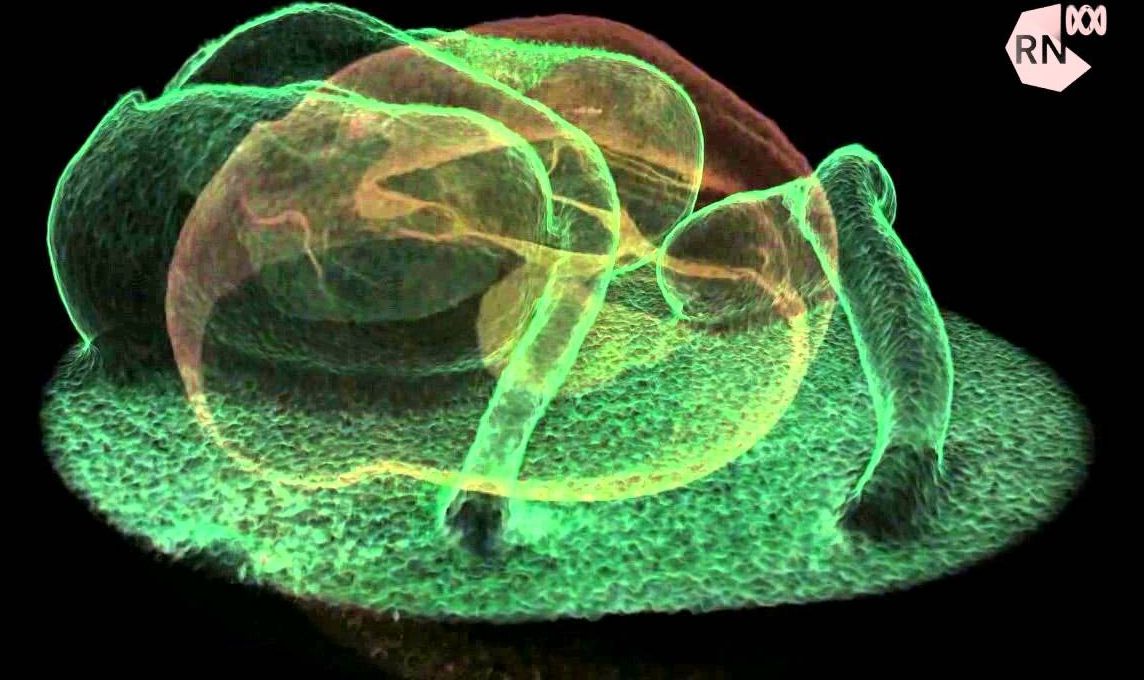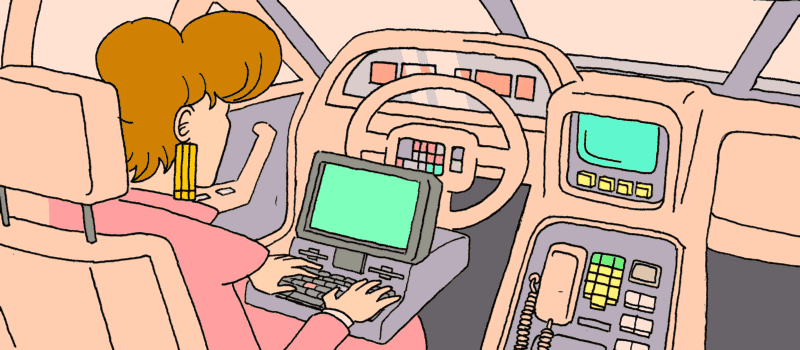Mar 1, 2016
Shape-shifting tech will change work as we know it | Sean Follmer
Posted by Gerard Bain in categories: futurism, mobile phones
What will the world look like when we move beyond the keyboard and mouse? Interaction designer Sean Follmer is building a future with machines that bring information to life under your fingers as you work with it. In this talk, check out prototypes for a 3D shape-shifting table, a phone that turns into a wristband, a deformable game controller and more that may change the way we live and work.
TEDTalks is a daily video podcast of the best talks and performances from the TED Conference, where the world’s leading thinkers and doers give the talk of their lives in 18 minutes (or less). Look for talks on Technology, Entertainment and Design — plus science, business, global issues, the arts and much more.
Continue reading “Shape-shifting tech will change work as we know it | Sean Follmer” »

















